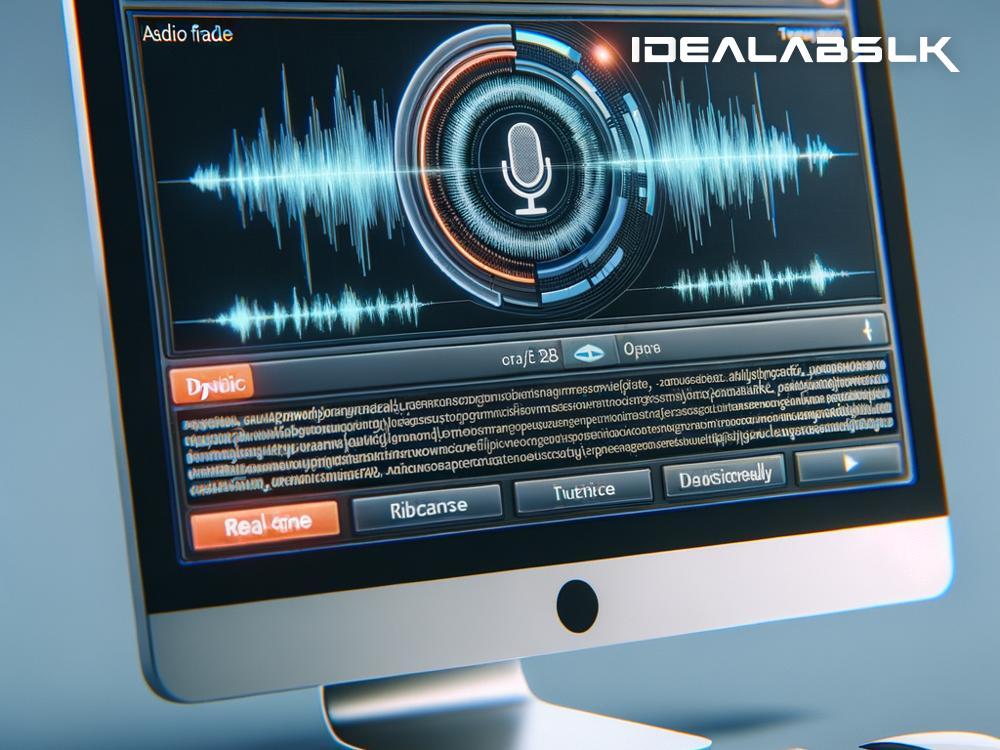How Video Transcription Works with AI: A Simple Guide
In today's fast-paced digital world, video content is everywhere. From educational materials and corporate training sessions to your favorite YouTube channels and social media feeds, videos are an indispensable part of our daily information diet. But have you ever thought about how these videos could be made more accessible, searchable, and easy to understand? That's where the magic of video transcription powered by Artificial Intelligence, or AI, comes in.
Before diving into how video transcription works with AI, it's important to understand what video transcription actually is. Simply put, video transcription is the process of converting the spoken words in a video into text format. This text can then be used for subtitles, captions, or simply as a textual document for various purposes such as studying, content creation, or providing accessibility to those who are deaf or hard of hearing.
Now, let's explore how AI revolutionizes this process, making it faster, more accurate, and cost-effective.
Understanding AI in Video Transcription
AI, short for Artificial Intelligence, refers to the use of computers and machines to mimic the decision-making and problem-solving capabilities of the human mind. In the context of video transcription, AI is leveraged to automatically transcribe the audio track of a video into text. This involves the use of sophisticated algorithms and machine learning models that are trained to understand and interpret human speech with remarkable accuracy.
The Process Simplified
-
Audio Extraction: The first step in the AI-powered transcription process is to separate the audio from the video file. This is done automatically by the AI software, which identifies and isolates the audio track for transcription.
-
Speech Recognition: Once the audio is extracted, it's time for the core magic to happen. Speech recognition technology kicks in, where the AI starts to analyze the audio. The AI is capable of recognizing different voices, accents, and even dialects, thanks to its training on vast datasets comprising various speech patterns.
-
Transcribing to Text: After recognizing the speech, the AI converts it into text. It’s not just about writing down what it hears; the AI uses complex algorithms to understand context, distinguish between similar sounding words (such as 'there' and 'their'), and correct grammatical errors, resulting in a coherent and accurate transcript.
-
Timing and Synchronization: For subtitles and captions, it’s crucial that the text matches up with the video timing. AI handles this by analyzing the tempo of speech and syncing the text to appear at the right moment in the video, providing viewers with a seamless watching experience.
-
Editing and Reviewing: While AI is incredibly accurate, it's not perfect. Therefore, an optional step involves human verification to make final corrections, ensuring the transcript's quality, especially in videos with lots of technical jargon or background noise.
The Benefits Unveiled
The integration of AI in video transcription brings a multitude of benefits:
-
Accessibility: With accurate subtitles, videos become accessible to a wider audience, including those who are deaf or hard of hearing, as well as non-native speakers.
-
Searchability: Transcripts make video content searchable, allowing users to find specific information without having to watch the entire video.
-
Efficiency: AI significantly reduces the time and cost associated with manual transcription services, making it a game-changer for content creators and businesses alike.
-
Enhanced Learning and Engagement: Transcripts and subtitles can improve comprehension and retention, thus enhancing the overall learning and viewing experience.
Looking Ahead
The future of video transcription with AI looks promising, with ongoing advancements aimed at improving accuracy, reducing turnaround times, and even capturing emotional nuances in speech. As AI continues to evolve, we can expect even more innovative applications that will further transform how we interact with video content.
In Conclusion
The combination of video transcription and AI is a powerful tool that solves many challenges faced by content creators, businesses, and educators, making video content more accessible, understandable, and engaging for all. As we move forward, AI's role in making our digital world more inclusive cannot be understated, and video transcription is just the beginning.
Whether you're a content creator looking to expand your reach or a viewer craving more accessible and searchable video content, the AI-powered video transcription revolution is poised to change the way we consume and interact with videos, one word at a time.

